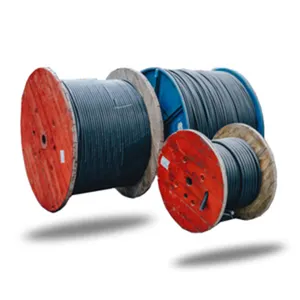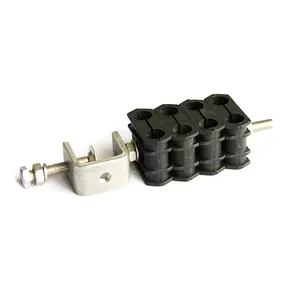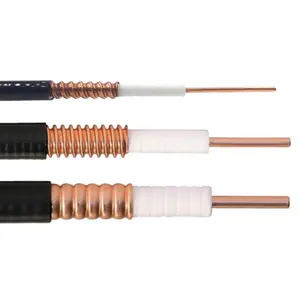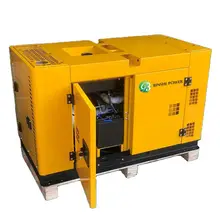Understanding 1/4 Feeder Cables
Feeder cables play a crucial role in the realm of telecommunications and power distribution, with the 1/4 feeder cable being a significant variant. This type of cable is designed to efficiently transmit signals or power within a network, particularly in radio frequency (RF) applications. Its construction is tailored to minimize loss, ensuring that the signal strength is preserved over distances.
Composition and Design
The 1/4 inch feeder cable is constructed with precision to cater to its specific use-case scenarios. It typically comprises a solid inner conductor, dielectric insulation, a metallic shield, and an outer protective jacket. The choice of materials for each component is made to balance flexibility, strength, and signal integrity. The design may vary slightly depending on the manufacturer, but the core principles remain consistent to maintain performance standards.
Applications and Uses
The versatility of the 1/4 RF feeder cable allows it to be employed in various settings. It is commonly used in antenna feed lines for base stations, broadcast transmission, and in-building distribution systems. Its ability to handle high-frequency signals makes it a preferred choice for these critical applications.
Features and Advantages
One of the primary features of the 1/4 flexible feeder cable is its low attenuation, which is essential for maintaining signal quality over distances. The shielding is another critical feature, which helps in protecting signal integrity against external electromagnetic interference. This ensures reliable performance in environments with a high degree of noise. Additionally, the robust construction of the 1/4 inch RF feeder cable lends it durability, making it suitable for both indoor and outdoor installations.
Materials and Construction
The materials used in a 1/4 coaxial feeder cable are selected for their electrical properties and environmental resistance. The inner conductor is often made of copper or aluminum, chosen for their excellent conductivity. The dielectric insulation must have low loss characteristics, often made from foam PE or similar materials. The outer jacket is designed to withstand environmental stressors like UV radiation and moisture, ensuring the cable's longevity.
Choosing the Right Cable
Selecting the right 1/4 transmission line feeder cable requires understanding the specific needs of your application. Factors such as power handling, frequency range, and installation environment should guide the selection process. On Alibaba.com, a wide array of options is available, allowing businesses to source the appropriate feeder cables to meet their infrastructure needs without direct endorsements or quality claims.












































 浙公网安备 33010002000092号
浙公网安备 33010002000092号 浙B2-20120091-4
浙B2-20120091-4